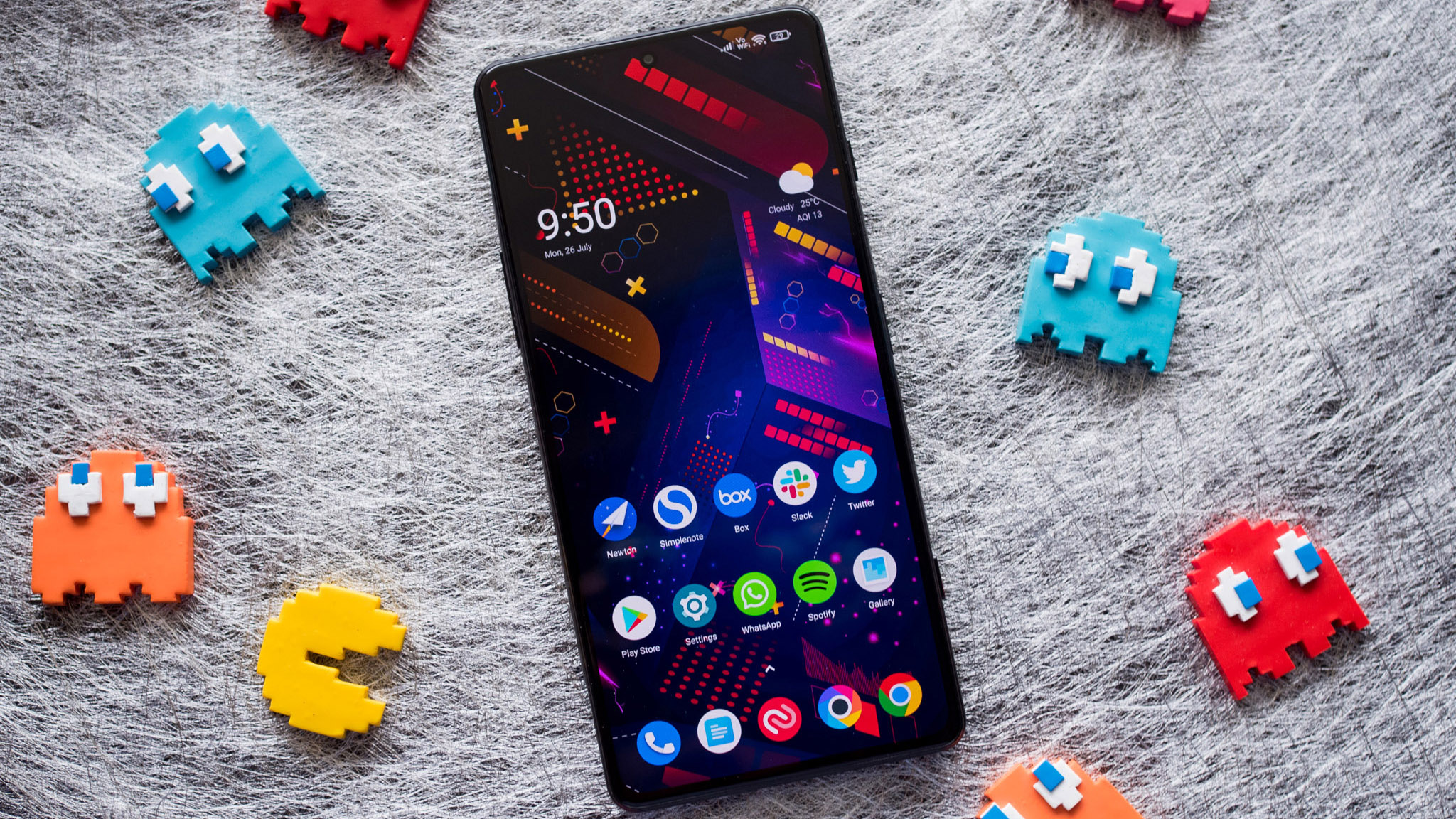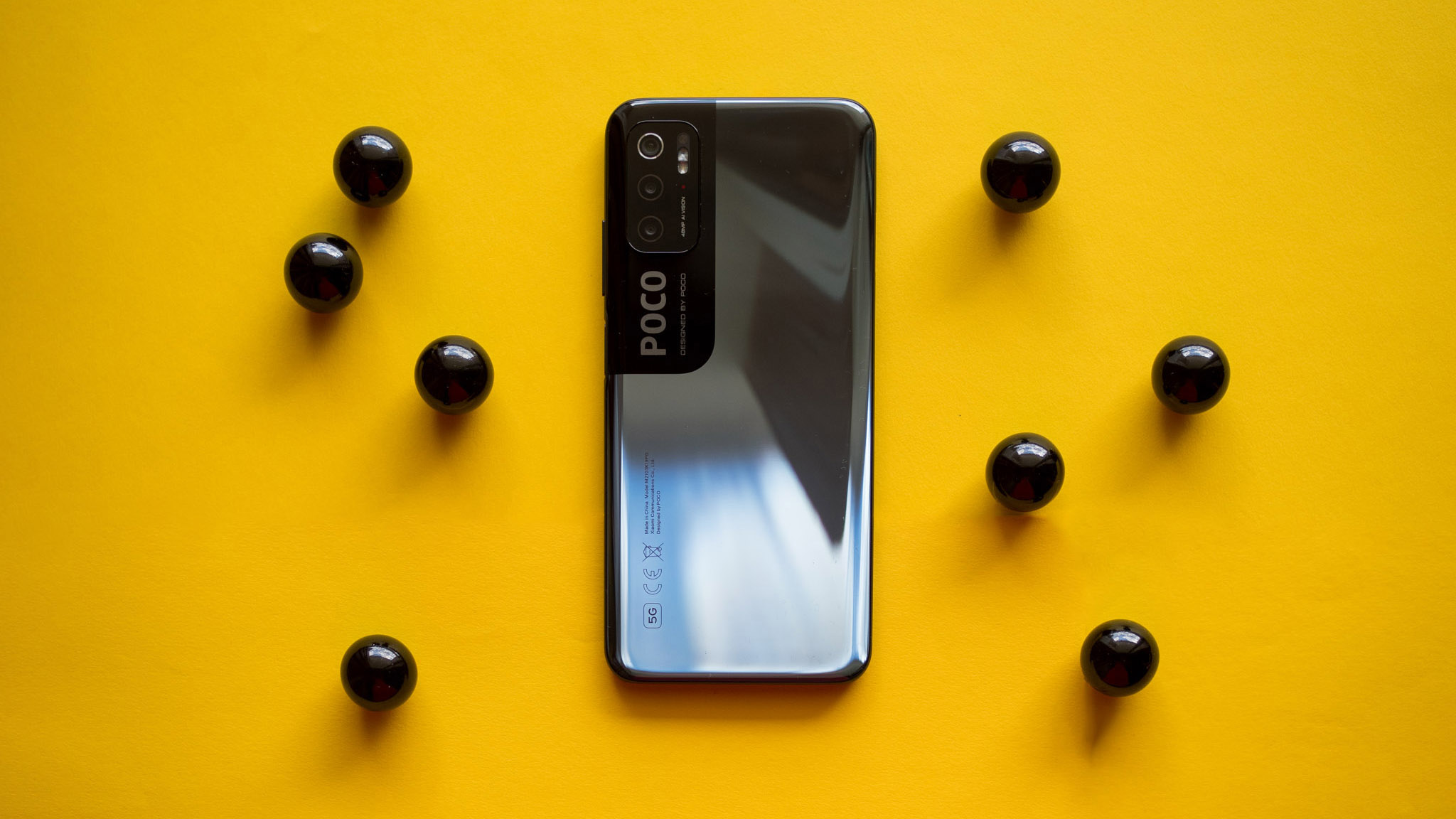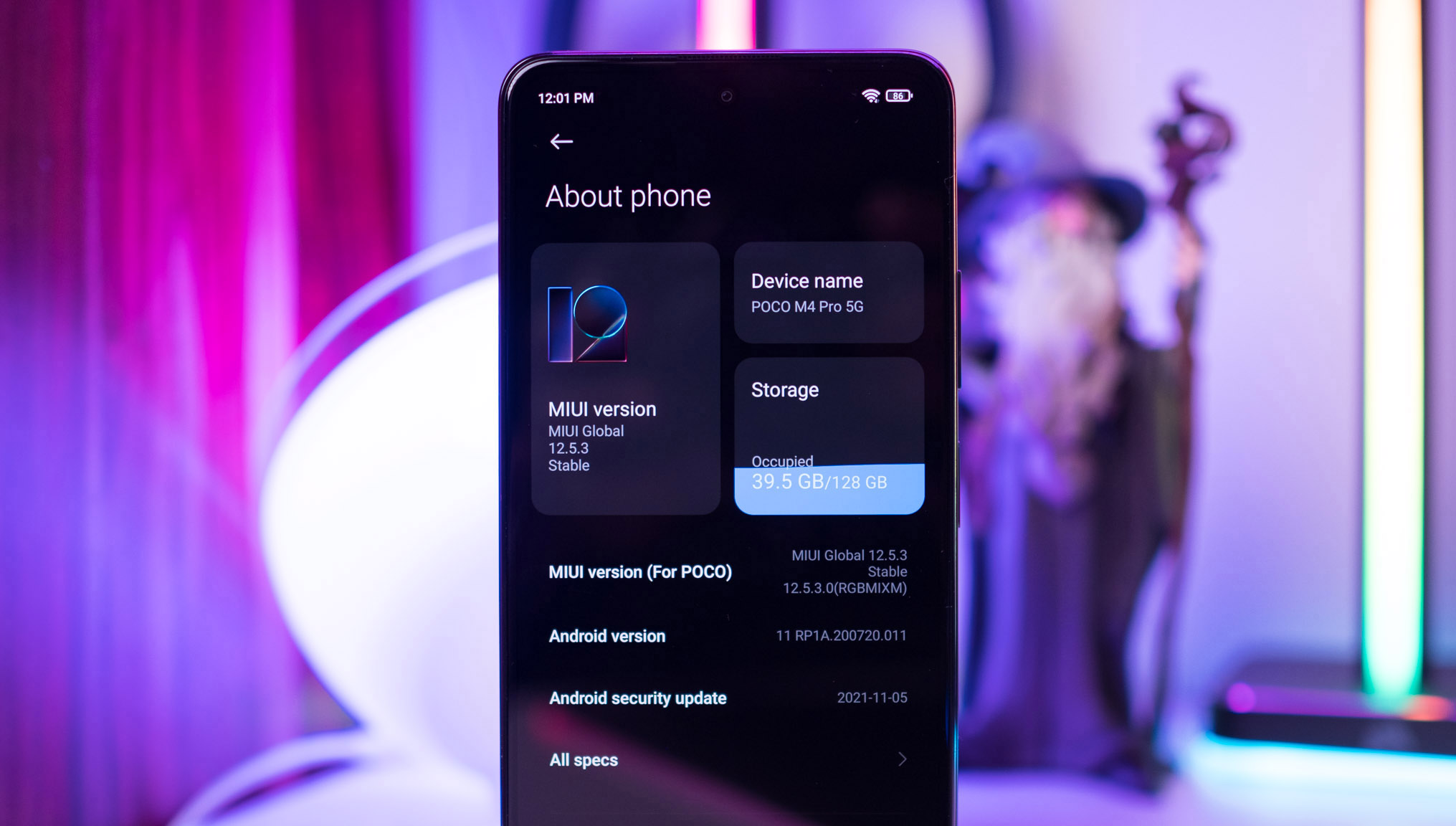POCO's ambitious plans for its next phase of growth involve MediaTek
POCO is aiming to rise up the ranks in the mid-range category, with a little assistance from MediaTek.

POCO is on a tear as of late. The brand has launched seven phones in 2022, with the POCO F4 and X4 GT joining the likes of the X4, F4 GT, M4 Pro, M4, and the budget-focused C40. Following the launch of the F4 and X4 GT, I talked to Angus Ng, POCO Global's head of product marketing, about the brand's strategy, software initiatives, and what's in store for the rest of the year.
POCO is increasingly turning to MediaTek to power its mid-range devices, and that has taken on an added significance with the X4 GT; a gaming-focused device that features the MediaTek Dimensity 8100. To talk further about MediaTek's role in POCO's journey, we were joined by Anuj Sidharth, MediaTek India's deputy director for marketing.
Ng started off by talking about POCO's performance last year, noting that it was the "most successful year" for the brand in terms of variety of products launched, and sales volume. "We were very focused on establishing each series, so we had models in the F series, X series, and the M series. Those were key in establishing our positioning in the market."
Gaming is the way forward

POCO has been particularly busy in 2022, and Ng says that's by design. With the brand establishing clearly-defined product lines — C series is aimed at the entry level, M series at the budget category, X series as the value flagship, and F series for gaming — Ng says that this year is all about "trying things out and going all-out in releasing a lot of products, and seeing which one really hit the market and learn from how the market reacts to each launch, see what works and what doesn't."
Gaming is a big focus for POCO in 2022, with the F4 GT and X4 GT allowing the brand to make inroads into this category.
Based on the data, the brand will fine-tune its portfolio for next year — this is similar to what POCO did last year. Ng also notes that the goal is to attract a more mainstream audience, stating, "We still want to maintain that core userbase that is very passionate about technology, but we've been trying to explore ways that we can branch out a bit more by expanding our product lines."
The gaming category is an area where POCO is paying more attention these days. The F3 GT debuted a year ago with the Dimensity 1200, and an aggressive design catered to gamers. It had ultrasonic triggers on the side that can be used and configured for in-game actions. POCO built on that design with the F4 GT this year, offering faster hardware and better charging tech.
The positioning makes sense for POCO because of the markets that the brand targets — India and Southeast Asia. Both are mature when it comes to mobile gaming, thanks to titles like PUBG and Call of Duty: Mobile. Ng notes that there's also rising interest in western markets for gaming-focused devices, and with POCO seeing increased momentum in the likes of Spain, France, and the U.K., it has been able to carve out a niche for itself.
Be an expert in 5 minutes
Get the latest news from Android Central, your trusted companion in the world of Android
On that note, Ng says that POCO's differentiated product portfolio allows the brand to introduce gaming-focused phones not just in the value flagship category, but also in the mid-tier and budget segments. "The variety of processors we're using allows us to deliver performance-focused phones across different product lines, and it has always given us an advantage on mobile gaming in many segments, not just in the high-end."
Forging ahead with MediaTek

Ng says that MediaTek has done a "sensational" job in the last two years, and that's true. The Taiwanese vendor managed to turn things around with its Dimensity series, outmatching what Qualcomm offers in this segment.
"Three years ago, Qualcomm was in a dominant position, and it was almost like a monopoly at one point. So it's nice to see increased competition within the industry now," said Ng. "MediaTek is starting to push out great performance; it's not about value for money anymore. It's actually to the point where MediaTek is able to compete at a very, very high level, or even surpass, what Qualcomm is doing in most segments. This is down to the decisions they've made, especially going with TSMC for manufacturing."
Qualcomm/MediaTek rivalry is similar to AMD/NVIDIA, and that's great news for the industry as a whole.
Ng likened the Qualcomm/MediaTek rivalry to that of AMD/NVIDIA in the video card space, noting that MediaTek was able to solve a lot of pain points for high-end devices. "For a lot of high end devices in recent years, it's not about how fast they can go, but how hot they get and managing thermals. MediaTek has delivered on that front, particularly in the $300 to $500 segment."
POCO's latest launch illustrates these points well. The X4 GT is powered by the Dimensity 8100, and it has some of the best performance figures in the sub-$500 category. Sidharth pointed to the work MediaTek has done over the last two years to overhaul its mid-range chipsets, noting that a lot of work went into fine-tuning the designs to deliver optimal thermal efficiency.
That's evident in the latest wave of Dimensity hardware, and while MediaTek doesn't have a gaming-focused design as such, Sidharth said that the optimizations to its game engine allows the Dimensity 8100 to deliver smooth frame rates at up to 144Hz.
That's one of the reasons POCO went with the Dimensity 8100, because the X4 GT is POCO's first phone with a 144Hz panel. POCO opted to use an LCD panel in lieu of AMOLED tech, with Ng noting that the decision was based on the fact that LCD tech is "easy to fix, good with blue light and low-light optimizations, and easier on the eyes," and that there is a userbase that wants phones with high refresh rate screens featuring LCD panels. Going with an LCD panel also saves costs, allowing POCO to challenge the likes of the Galaxy A53 and other phones in this category.
While it's great to see a 144Hz panel in this category, there aren't many games that can utilize the screen tech. Ng says that POCO is talking to game publishers to get some momentum going in this area. "Our focus is to work with more game developers and gaming companies, and get them to support the full potential of our phone's hardware."
As for making a true flagship that goes up against the best Android phones, Ng says that it isn't a priority for the brand. "We don't have any plans to do full flagship, I think our F4 GT was really close though. The only thing that we really lacked from that phone was a true super flagship camera and wireless charging; if you added those two things on, it will take on any phone on the market really at that point. But there's also the fact that we don't always focus too much on camera. We use good sensors on our phones — it may not be 108MP — but our focus is to deliver phones that can take good photos for sharing on social media. Our main priority is still on the $200 to $500 category."
Building differentiated software

Where the brand is instead focusing a little bit more is software. Ng mentioned last year that software was a huge priority for POCO, as it tries to differentiate itself from its Xiaomi siblings. Ng revealed at the time that the brand will work on a POCO UI with a unique feature-set, but that's "not on the table" in 2022. Instead, the direction POCO is taking is along the lines of a skinned interface that's built on a MIUI foundation, changing the "design and tonality." That's in line with how OxygenOS and Realme UI work — both interfaces use ColorOS as the foundation — and it makes sense for POCO to go the same route.
POCO wants to learn from Google on how to optimize software for its devices.
The biggest focus for POCO in terms of software is the POCO Launcher. The launcher debuted a few years ago, but it hasn't received much attention recently, and it still has plenty of bugs.
"So the first priority for us is to remove all the existing bugs. We've set up an internal team to tackle this, and there's a platform where users can share what's wrong with their devices on a software level on POCO's forums or social media. We realized that a lot of the software problems were in the entry-level and budget phones; whether that's a lack of performance because of taxing software, frequent crashes, or reboots. So our priority is to optimize the software for these phones. Google does a great job in this area where they're able to optimize software for Pixels, and we want to do something similar."
Ng said that a new version of the POCO Launcher is coming "very, very soon," and that going forward, POCO will better customize the software on its individual product lines. "Usually, you don't want one general system to fit all your devices, as not all the devices can run that system as smoothly. So for our budget-focused M and X series models, we might look into creating new features targeted at those devices, and cutting back some features that may slow the phone down in a year or two years' time. Not all users want or use all the features in MIUI, and we want to tailor the software accordingly so that our budget models don't slow down after extended use."
In a similar vein, Ng says that POCO is looking to create "new and interesting features" for the F and X GT models. "MIUI by itself has a lot of features, and we have to figure out what features will make a difference." And as for software updates, POCO is still guaranteeing quarterly security patches and two years of platform updates for its portfolio. The challenge for the brand is to ensure it can do that for all the models in its portfolio; POCO launched over a dozen devices in the last 12 months, and that puts additional strain on engineering resources.
Clever positioning and focusing on value has allowed POCO to carve out a niche for itself in the intense $300 to $500 category, and it's clear that the brand's goal for the foreseeable future is to deliver performance-focused phones on a budget. If it can do that and tailor software features for individual product lines, POCO has the potential to make decent inroads in global markets.

Harish Jonnalagadda is Android Central's Senior Editor overseeing mobile coverage. In his current role, he leads the site's coverage of Chinese phone brands, networking products, and AV gear. He has been testing phones for over a decade, and has extensive experience in mobile hardware and the global semiconductor industry. Contact him on Twitter at @chunkynerd.
